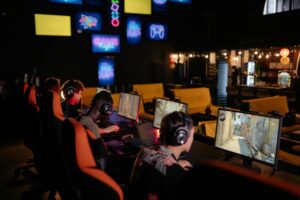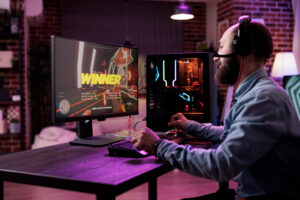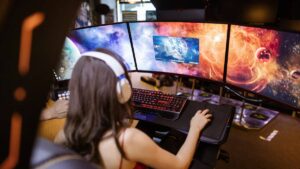The Gaming Blog
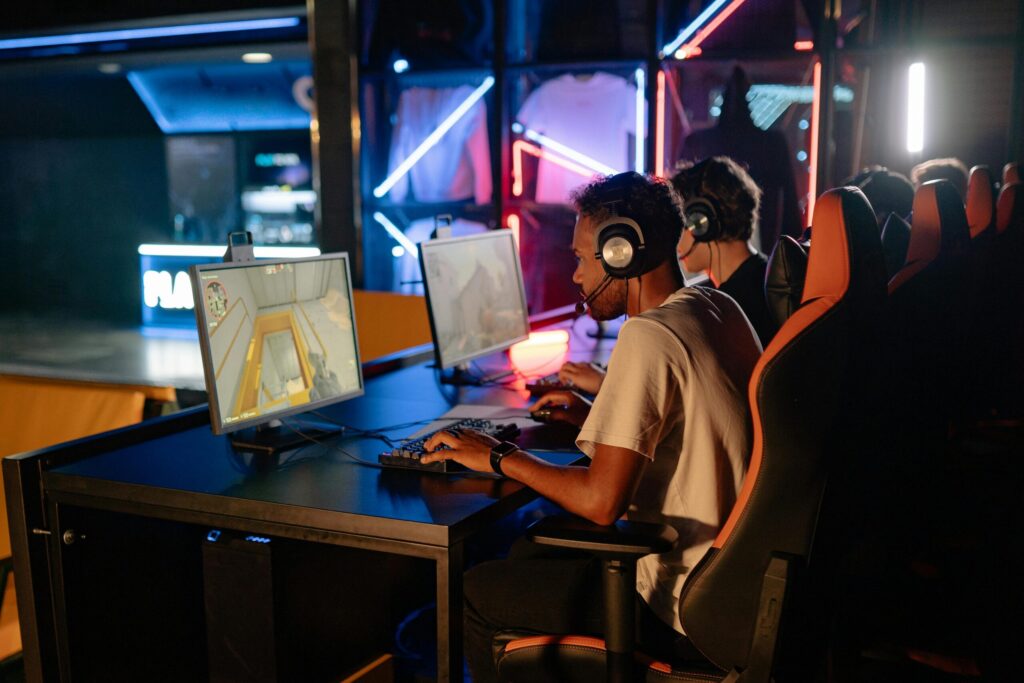
How to Get Better at Competitive Gaming: Tips for Climbing Ranks
Competitive gaming is more intense than ever, with ranked modes in nearly every major multiplayer game offering players a chance to prove their skills. However, climbing the ranks is no easy task—it requires dedication, strategy, and constant improvement. Whether you’re aiming for the top tier in League of Legends, Valorant, Rocket League, or any other competitive title, sharpening your skills and refining your approach can make all the difference.
In this guide, we’ll break down essential strategies for improving your competitive gaming performance, from mechanical proficiency to mental resilience. With these tips, you can climb ranked mode efficiently and reach your desired rank.
Pro Tip: To climb ranks faster, focus on mastering game mechanics and adapting to the evolving meta. Consistently practice and review your gameplay to spot areas for improvement. Additionally, strong communication and decision-making with your team will help you win more matches.
Quick Guide: How to Get Better at Competitive Gaming and Climb Ranks
- Master Game Mechanics: Practice regularly with training modes or aim trainers to improve accuracy and reflexes.
- Learn the Meta and Adapt: Stay informed about updates and changes in the game to adjust your playstyle accordingly.
- Improve Communication and Teamwork: Use voice or text chat to communicate effectively with teammates and keep morale high.
- Enhance Map Awareness and Decision-Making: Focus on objectives, predict enemy rotations, and avoid tunnel vision.
- Analyse Your Gameplay: Watch replays to identify mistakes, compare with high-ranked players, and track your progress.
- Optimise Settings and Hardware: Tweak settings to reduce lag, use high-quality peripherals, and customise your keybindings.
Important Tip: Maintaining a positive mindset and avoiding tilt is critical for long-term success. Take breaks, play smart, and aim for consistent improvement rather than just ranking up quickly.
Understanding the Basics of Ranked Mode
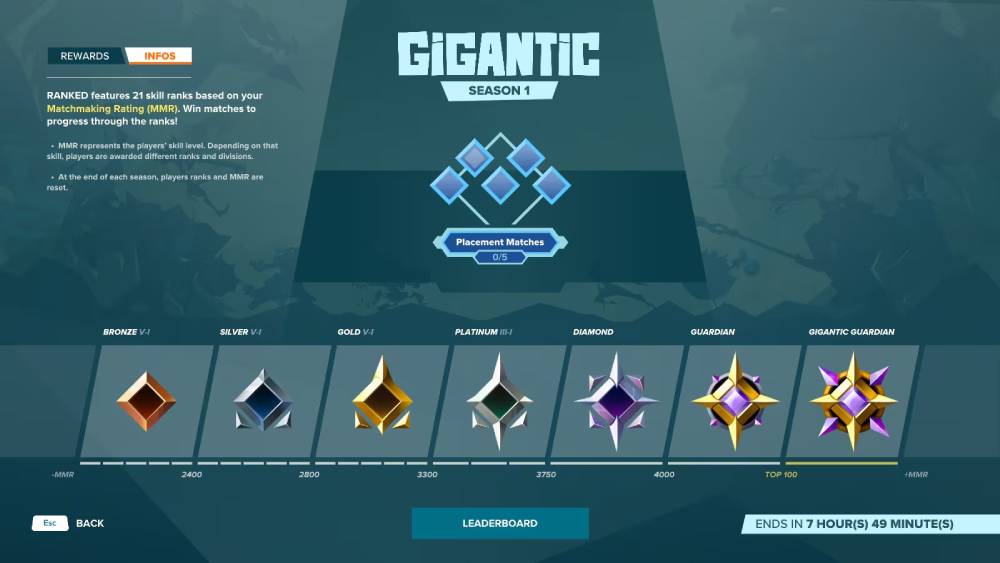
Before diving into advanced strategies, it’s important to understand how ranked modes work and the factors that influence your progression.
1. Ranking Systems and Matchmaking
Most competitive games use an Elo-based system or Matchmaking Rating (MMR) to pair players of similar skill levels. Here’s how it typically works:
- Winning increases your rank or MMR, while losing decreases it.
- Higher ranks require a consistent win-loss ratio.
- Some games have placement matches at the beginning of each season to determine your starting rank.
- Many games use hidden MMR, meaning performance-based factors (like kill/death ratios or objective control) can influence how much you gain or lose.
2. The Importance of Mindset in Competitive Play
Ranked gaming is as much about mental strength as it is about mechanical skill. A positive mindset can significantly improve your performance.
Mindset Tips:
- Treat losses as learning opportunities rather than failures.
- Take breaks when frustrated to prevent tilt.
- Focus on self-improvement rather than obsessing over rank progression.
- Avoid blaming teammates—concentrate on refining your own gameplay.
Improving Your Competitive Gaming Skills
3. Master Game Mechanics
Every competitive game has unique mechanics that separate casual players from ranked climbers. Whether it’s aiming in FPS games, last-hitting in MOBAs, or precise movement in fighting games, mastering mechanics is essential.
Ways to Improve Mechanics:
- Practice regularly with training modes, aim trainers (KovaaK’s, Aim Lab), or bot matches.
- Warm up before ranked matches to get into peak form.
- Analyse high-level gameplay (pro streams, esports matches) to learn optimal mechanics and decision-making.
- Review your own replays to spot and correct mistakes.
4. Learn the Meta and Adapt
The meta (most effective tactics available) changes frequently due to game updates, patches, and new strategies. Staying informed gives you a competitive edge.
How to Stay Updated on the Meta:
- Follow patch notes and developer updates.
- Watch pro players and streamers for insights into optimal strategies.
- Use community websites like Mobalytics, Blitz.gg, or Tiermaker for current meta trends.
- Adapt to balance changes and be flexible with your play style.
5. Effective Communication and Teamwork
In team-based games, communication can make or break your chances of winning. Clear and strategic communication gives you an advantage.
Communication Tips:
- Use voice or text chat to share key information (enemy locations, strategies, cooldowns, etc.).
- Keep callouts concise to avoid overwhelming teammates.
- Use the ping system effectively if voice chat isn’t an option.
- Stay positive—encouraging teammates boosts morale and performance.
6. Map Awareness and Decision-Making
Knowing when and where to be during a match is a game-changer. Top players anticipate enemy movements and make calculated decisions.
How to Improve Decision-Making:
- Minimise tunnel vision by frequently checking the minimap.
- Predict enemy rotations based on previous patterns.
- Prioritise objectives over chasing kills (e.g., controlling towers, capturing points).
- Make smart rotations—know when to push, defend, or switch strategies.
Advanced Strategies for Climbing Ranks
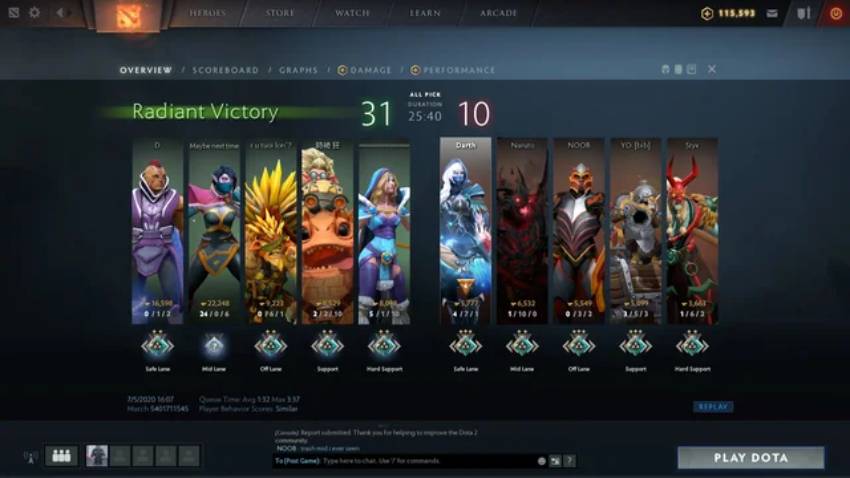
7. Analyzing Your Own Gameplay
Self-reflection is one of the most effective ways to improve. Reviewing your own matches helps identify weaknesses and reinforce positive habits.
Steps to Analyze Gameplay:
- Record and watch replays of your matches.
- Focus on specific moments: Did you position correctly? Could you have reacted faster?
- Compare your gameplay to high-ranked players to identify areas for improvement.
- Correct recurring mistakes and track your progress over time.
8. Optimizing Settings and Hardware
Your gaming setup can significantly impact your performance. Even small tweaks can enhance reaction times and accuracy.
Key Settings to Optimize:
- Reduce input lag by lowering graphics settings for better FPS.
- Customise keybindings for more efficient reactions.
- Use a high-refresh-rate monitor (144Hz or higher) for smoother gameplay.
- Invest in quality peripherals (responsive mouse, mechanical keyboard, and comfortable headset).
9. Playing with the Right Mindset for Long-Term Success
Climbing ranks is about consistency, adaptability, and mental fortitude. Playing smart and avoiding burnout is crucial for long-term success.
Best Practices for Ranked Success:
- Set improvement goals beyond just ranking up (e.g., better accuracy, smarter rotations).
- Avoid playing while tilted—quality games matter more than quantity.
- Play during peak hours to increase matchmaking quality.
- Take regular breaks to prevent fatigue and maintain mental sharpness.
FAQs
Q: How long does it take to improve competitive gaming?
A: Improvement speed depends on factors like consistency, game knowledge, and practice time. With regular gameplay, analyzing mistakes, and focusing on self-improvement, you can see noticeable results in a few weeks.
Q: Should I play solo or with a team in ranked mode?
A: Playing with a team offers better coordination, but solo play improves individual skills. If you’re serious about climbing, a premade team with good communication can give you an edge.
Q: How can I avoid tilt in ranked games?
A: Take regular breaks, mute toxic teammates, and focus on learning rather than just winning. Managing tilt helps maintain consistent performance over long gaming sessions.
Q: Are aim trainers worth using for FPS games?
A: Yes, aim trainers like KovaaK’s and Aim Lab help improve accuracy and reflexes, making them valuable tools for FPS players.
Level Up: Proven Tips to Climb Ranks and Dominate Competitive Gaming
Improving competitive gaming takes time, dedication, and a willingness to learn. By focusing on key strategies—such as mastering mechanics, staying updated on the meta, improving communication, and maintaining a strong mindset—you’ll become a more well-rounded player capable of climbing the ranks.
Remember, success in ranked gaming isn’t just about raw skill—it’s about adaptability, decision-making, and resilience. Whether you’re aiming for Grandmaster in Overwatch, Radiant in Valorant, or Champion in Rocket League, applying these strategies will help you progress faster and become a stronger competitor.
Ready to level up your competitive gaming skills? Start implementing these strategies today and watch your rank soar.



